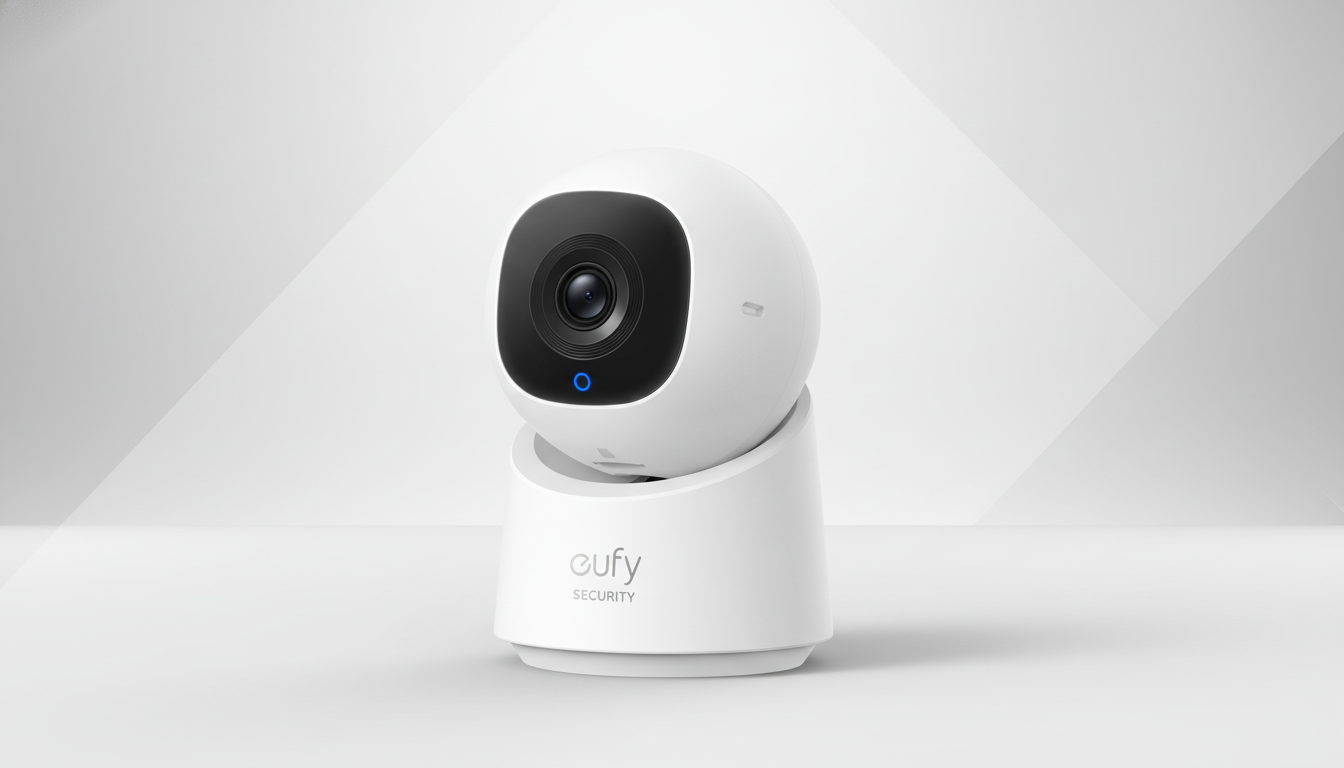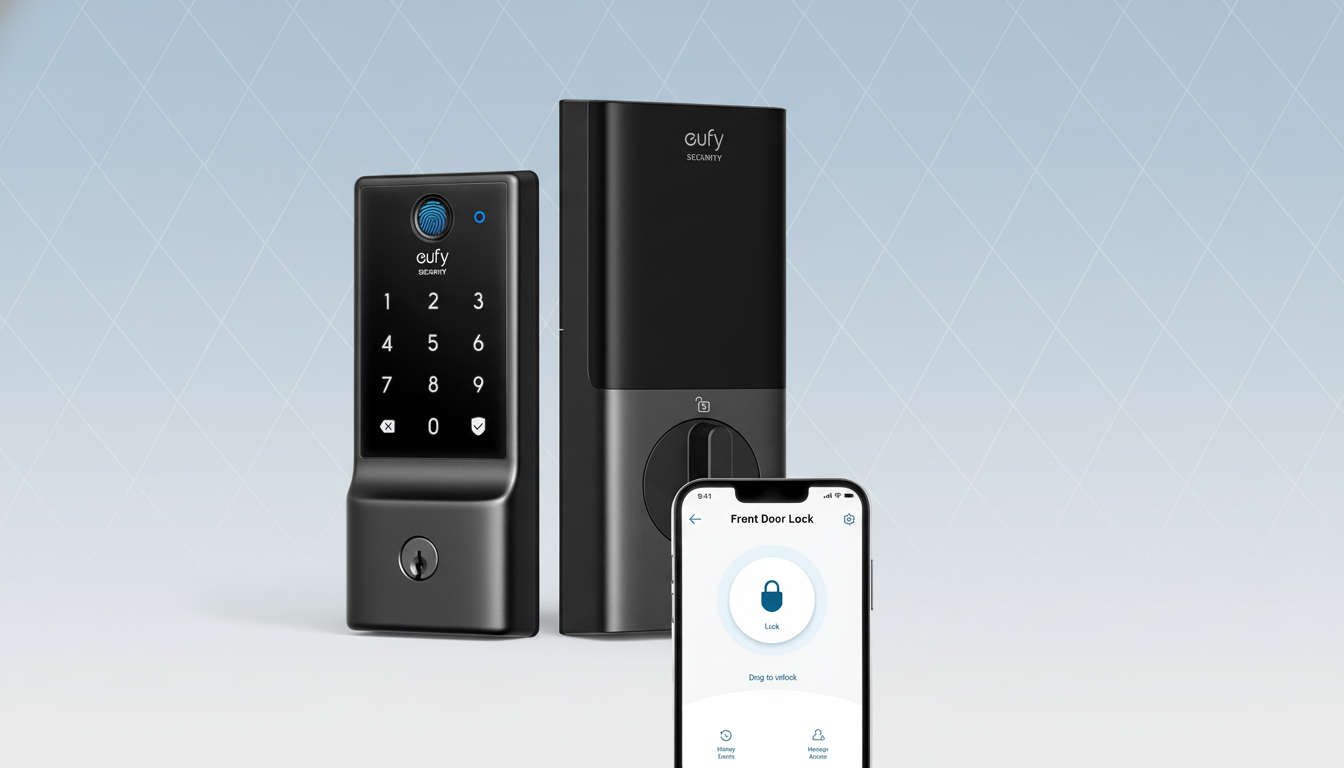I went shopping for a Nest Cam for my apartment, and a week of sleuthing led me to something else. The Eufy C220 had what I actually wanted — at a fraction of the price — and it made a powerful case against paying more for something that locks down core features behind a subscription.
Home security demand continues to be strong, as renters and home buyers seek easy-to-use, dependable ways to keep an eye on things from afar. Consumer Reports has long said that good indoor cameras now start at well under $50, with the overall cost of ownership — hardware combined with monthly cloud fees in some cases — often being what dictates buyer satisfaction. Which is precisely where this decision went.

Price and features make a real difference for buyers
Google’s current Nest Cam indoor model usually hovers around $100. On the other hand, I found my Eufy C220 on sale at around $25, with a non-sale price of roughly $35. Even at the regular $49 MSRP, I could get several rooms outfitted for the cost of a single Nest.
More surprising was capability. In addition to the motion detection, the C220 has motorized pan-and-tilt with subject tracking, allowing camera movement to keep up with a moving target across a room. It also allows me to scan around from my app when I’m not there on my phone. The Nest Cam’s view is stationary; you can nudge it yourself but there’s no pan/tilt remotely. For renters and cramped or strangely configured spaces, that flexibility is more useful than those spec-sheet bragging rights.
Then there’s the subscription question. Nest offers an event history overview without a plan but you will need the paid Nest Aware Plus service in available locations for continuous 24/7 viewing. Nest Aware plans typically start at around $8 per month in the US; wired cams also include continuous recording at the latter tier. Over three years, subscriptions can cost several times the price of the camera itself.
Local storage changes the math on camera costs
I did end up getting the Eufy C220, which records continuously to a microSD card and has no mandatory fee, and that sealed the deal for me. I can go over a full day’s timeline without having to fear all the shorter clips disappeared overnight. For a lot of households, that removes the psychological “subscription tax” on simple security alone.
Local storage is not without risk: If someone steals the cameras, they’ve stolen any recordings made. There are practical mitigations. Wall-mounting makes a smash-and-grab tougher. Eufy’s ecosystem also allows for storage off-camera with Eufy’s HomeBase accessory on compatible models, and it offers optional cloud plans that begin in the low single digits per month. That’s your choice — if you want local-first, cloud, or hybrid, instead of everyone selling only the same thing: a monthly bill.
From a privacy standpoint, local-first recording equals less routine video transportation to third parties. With that in mind, no vendor should be above the law. Eufy was the subject of scrutiny in 2022 over elements of its video processing and encryption, and it issued updates. The overall lesson: whatever you buy, turn on two-factor authentication, keep the firmware it runs up to date, and audit sharing settings every so often.

Ecosystem and convenience trade-offs to consider
I live in Google’s ecosystem — Pixel phone, Gmail, Photos and a nest of Assistant speakers — so Nest had a leg up. Google’s cameras also get tighter integration and familiar face detection with Nest Aware, along with new AI summaries that roll up significant events. If you prefer that all-in-one app and like those premium features, it still makes some sense to go with Nest.
(Eufy C220: okay, getting the 4K?) Eufy C220 works with Google Assistant and Alexa (that’s for live view; no pan-and-tilt there, so you have to use the Eufy Security app). That means one more icon on my phone. It’s a little friction, but it is also the price I pay for not paying up in perpetuity while keeping an app that has all the features I most care about.
Real-world performance that matters in daily use
In daily use, the C220’s motion tracking has worked well, panning fairly smoothly with movement and alerting me in a timely manner.
Video quality is sharp for an indoor model at this price, with clear night vision and decent two-way audio. There’s also a built-in siren — a feature the Nest Cam is missing — that I can sound if somebody shouldn’t be there.
The photo processing and HDR of the Nest Cam are impressive, and Google’s event identification is still one of the best in class. But the delta in quality between that and real-world footage was not enough to overcome the cost and feature trade-offs for me. With an apartment living room, the Eufy’s motorized lens and local timeline have turned out to be more useful than cloud-only smarts.
Bottom line on who should pick what and why
If pan-and-tilt coverage, continuous local recording, and the lowest total cost are your top priorities, the Eufy C220 is a smarter buy than the Nest Cam. It provides the essentials without ratcheting up a never-ending bill, and it’s affordable enough to extend across rooms.
If you’re after tight Google Home integration, cloud-first archives with familiar face alerts and slick app simplicity, Nest’s camera is still a strong choice — just budget for Nest Aware if continuous history is important. Either way, take a minute to map out the layout of your room and determine if you need a set-and-forget fixed view, or the freedom that comes with pan and tilt. That little choice is usually the one that defines whether you’ll fall in love with your next security cam, or outgrow it.

